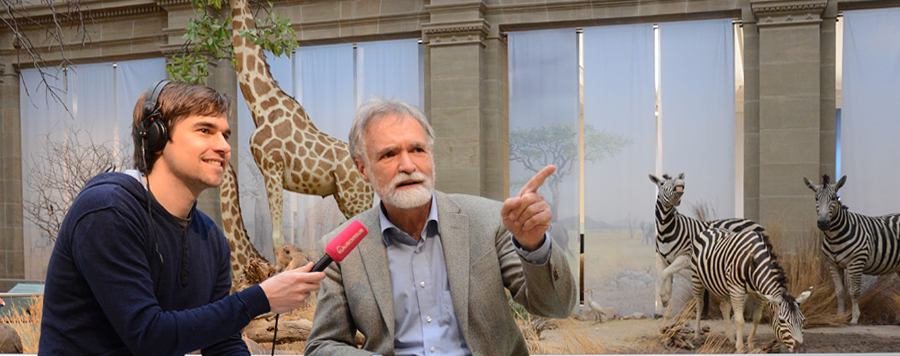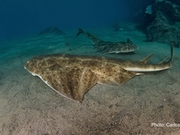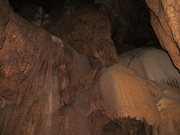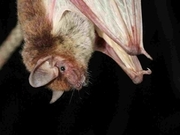
Press
___________________________________________
Please note:
For more up-to-date press releases about the LIB, please visit the new parent institute website as of 1/7/2021.
[brouse LIB newsroom, german version]
___________________________________________















